IF
- You are able to remove or bypass the AC end thermostat
- You insurance is not affected by modification (which are designed to be entirely safe)
- You are happy to provide a small amount of electronics (or even just electromechanicals) at both ends of the wiring.
- You do not mind the wiring use being non standard
THEN
It's just a matter of doing it [tm].
This parallels MattS's answer - upvote his if this conveys additional information.
One approach of several.
Power and ground (or two wire AC are supplied via two wires.
This powers both any AC features and any control equipment at the AC unit
"Signals" conveying the application of power are conveyed on the other two wires. Two wires can convery 4 states using static DC levels. (On-On, On-Off, Off-On, Off-Off). This could be used to control 2 relays, or electronic switches.
If you want more signal states to the AC or require information from the C fed back then you could add a simple signalling protocol. For example a very basic UART can send up to 8 digital signals each way with two wires.
Using eg an Arduino at each end and a very simple program you can do anything conceivably required. Note that using programmed electronics intriduces a small risk of signalling failure. Worst case, if not managed properly, this could eg turn your furnace full on constantly. It is relatively easy and very common to add fail-proof and fail-safe features so that usually the system recovers invisibly from any errors and worst case shuts down safely.
Doing the above requires some design and construction. People here would be pleased to provide good guidance (or a whole circuit) if of interest.
An accurate description of what your current wire functions are would be required.
Based on this superb description What All Those Letters Mean on Your Thermostat’s Wiring your wires are (or should be:
Rc (Red) - Power feed - 24V AC. In this case Rc === R.
- If you just have an R wire, it’s responsible for powering your entire HVAC system (through the use of a transformer). If you have both an Rh and an Rc wire, the former powers the heating and the latter powers the cooling (using two separate transformers). If, for example, you have an R wire and an Rc wire, the R wire controls the heating system.
G - Blower / fan
- G: This wire controls the blower fan, which is responsible for pushing the warm or cool air through all the vents in your house. It is not a ground wire!
Y - Cooling
- Y, Y1, Y2: Whenever your thermostat calls for cooling, the Y wire is used to send a signal to your HVAC system telling it to fire up the air conditioner. Y1 and Y2 wires might be used instead if you have a two-stage system. (i.e. a high level for extremely hot or cold days, and a low level for mild days).
W - Heating
- W, W1, W2: Just like the Y wire, the W wire(s) control the heating aspect of your system.
How the above signals control the system
Greg Garrisons Quora answer here provides this diagram which I've added question-related items to.

This explains how a system can function with no "common" power return. If the thermostat-proper is electromechanical and needs no power then the common "C" lead is not needed.
Instead, the R power lead is effectively power-common and power to the 3 relays is applied as required to switch power to their respective load.
How to make the new system work?
The "easy" way is to power the thermostat with a separate supply.
The wires to the AC function as previously.
To power the thermostat from the AC cable:
"Steal" a wire of your choice to act as the C wire in the diagram below.
You now have 2 wires to implement 3 functions.
IF you want all to be available independently then you need something 'slightly smart'.
However, if you never wish to operate eg compressor and heater at once then you have 4 possible states - All off / Blower only / Blower and heater / blower and compressor. You cannot achieve heater or compressor without blower on. If this is desired a "smarter" solution is needed.
By sending voltage to two new relays at the AC end on the two available signal wires you can achieve states 00, 01, 10, 11 and with multi pole contacts sets achieve the above options.
A fully flexible selection of blower / heater / compressor solution can be achieved by using multiple voltage levels per signal lead, or digital signalling.
IF remote powering of tghe thermostat is not acceotable then use of an eg Arduino at each end makes the Arduino solution attractive.
